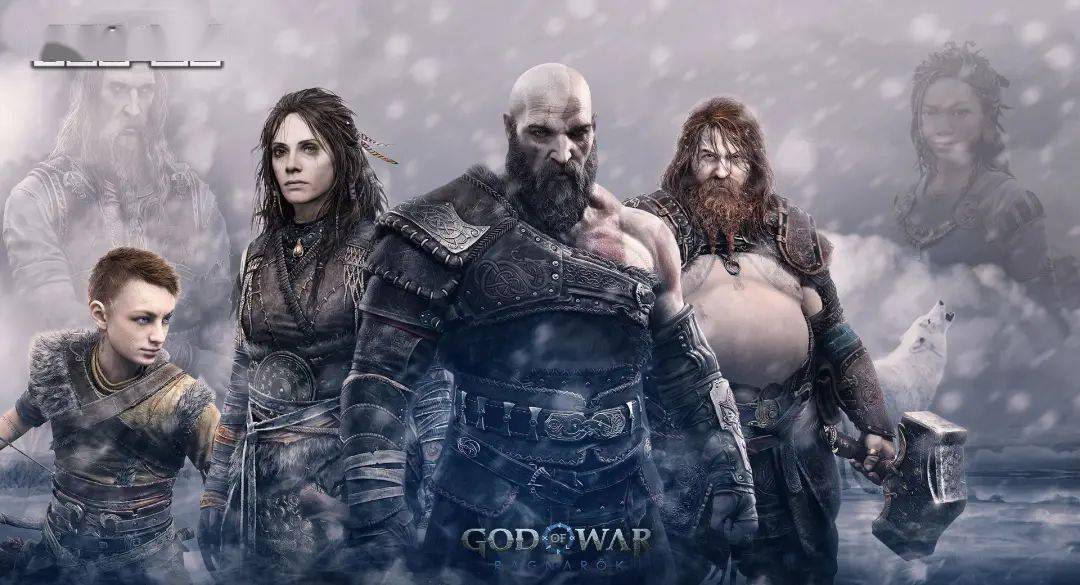“God of Gods Ragnarok” is now officially on sale. I wonder if you have entered the winter of Fembull and are you ready for the arrival of Ragnarok?
Thanks to Sony’s invitation, we had the pleasure of interviewing Mila Pavlin, the lead user experience designer for Ragnarok, and asked him a dozen questions.
Q: In Sony’s first-party games in recent years, we have seen very intimate and practical accessibility features, which can not only take care of special people, but also allow more ordinary players to pass the customs smoothly. What factors need to be considered when making these designs? What is the final rendering effect, has it met expectations?
A: Accessibility is very important to Sony. As a first-party studio, we’ve always focused on visual, auditory, and cognitive accessibility. Starting with these aspects allows us to observe different types of players. Our job on the game development team is to listen to these players and understand what’s holding them back from playing the game.
We work with players to develop better ways for them to play and remove barriers to their path to gaming. We will also test new features that we come up with with players to ensure that the player community is always engaged to make the game better together. Different developers also share their feelings, making sure everyone understands what’s good for players and how we can do better.
Q: This time, “God of War: Ragnarok” has a very rich selection of accessibility features. From what perspectives did the team start from, or consider the experience needs of which types of players, and finally screened out these installed in the game. functional?
A: The accessibility features to be added to the game are decided almost from the beginning. We brought in a great group of consultants and playtesters to work with the team to determine which are the most critical accessibility features. Make sure that we can provide good options for the aspects mentioned in the previous answer. We want to make sure that players with limited mobility can play in new ways, so motor impairments are a big consideration for us. We even invited team members who were able to analyze and experience to make sure we could meet the demands of this segment of players.
First, we improved the game’s subtitle system. Just like going to the cinema or watching a TV show, subtitles are also accessible. In terms of vision, we invited some people with poor vision to serve as accessibility consultants, observing those who were highly myopic, or who turned off their screens when playing games.
So I started trying to convert various elements in the game into other types of functions. If there is something on the screen, we play a sound so that the player can hear it; if there is a sound playing, we stuff some visual stuff into the screen to balance the different types of players. We’re also using a new haptic system on PS5, which translates into the player’s sense of touch.
In this way, the player can feel the different elements of the game and combine these things to create a barrier-free system. And its coverage is so wide that it can even be customized according to the needs of players and adjusted to games that meet their own needs.
Q: This accessibility feature is also applied to the trackpad of the DualSense controller, which is very rare in other games in the past. Why did you consider adding these functions to the touchpad?
A: For some players, pressing the left and right buttons with the thumb at the same time can be a very laborious action. So we allow the player to control certain actions by swiping through the touchpad. For example, a shield swipe is a double-tap on the same button. Some players may not be able to tap quickly, so adding a swipe function allows them to have different control methods, making it more convenient for them to play the game.
All are designed to convert complex operations into something that is easier for players to use. Especially when players can only use one hand, using the trackpad allows one-handed players to gain more control and enjoy the game in the way they feel most comfortable.
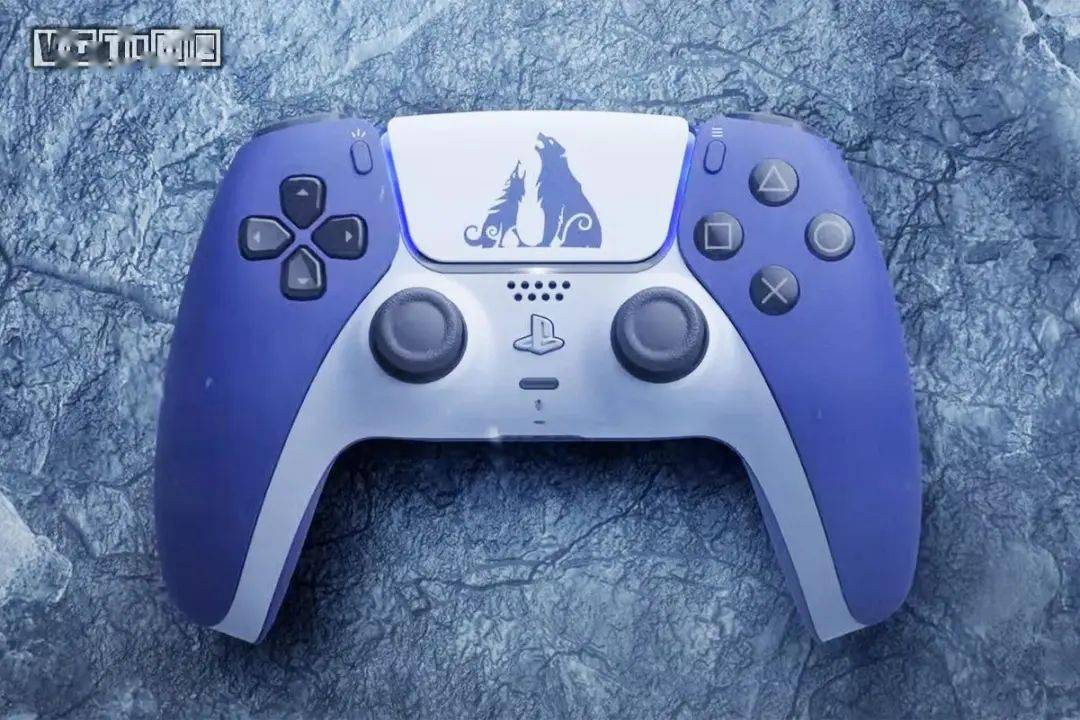
Q: When developing accessibility features, did you ask players to test these features, and what kind of feedback did they provide?
A: We invited a large number of players to test. Due to the pandemic, we have invited players from all over the world to participate in some remote testing, and we have also observed players who would not normally be able to test with us. Some of them have limited mobility and can only sit in wheelchairs, some have poor eyesight, and some have hearing impairment or even total deafness. At this time, we begin to understand that some of the things we consider are often not the focus of the problem, and most problems can often be solved with a very simple solution.
An example of this is the auto-pick feature. This is a new feature we have added to the game, when you walk over the recovery stones and rage stones on the ground, the character will automatically pick up these stones. This feature was added because we saw a blind player standing on top of a prop when trying to challenge a boss, but he didn’t know the stone was under his feet.
This is not a design problem of the boss battle, but the player does not realize where the props are. So we added features like sound effects for picking up props so they could hear the character interacting with the props. Added an auto pick-up feature, so that players will automatically use recovery stones and rage stones as long as they pass by. These things have a huge impact on the game.
In addition, we have also added checkpoints for different stages of the boss, which are directly requested by those who have played the game. They became tired from the long BOSS battle, even the handle was difficult to hold and had to put down the handle. But they don’t want to lose the progress they have made. With checkpoints, they can only complete a part of the battle and take a break before continuing the battle just now. This is very important to their gaming experience. It is not the boss battle itself that is the problem, the player needs a sustainable game flow.
We look at every feature of the game and think about what we can do for the player, and we keep repeating the process. When we showed the final result to the players, they were ecstatic and very pleased with the result. The new features in the game are basically designed by players for another group of players.
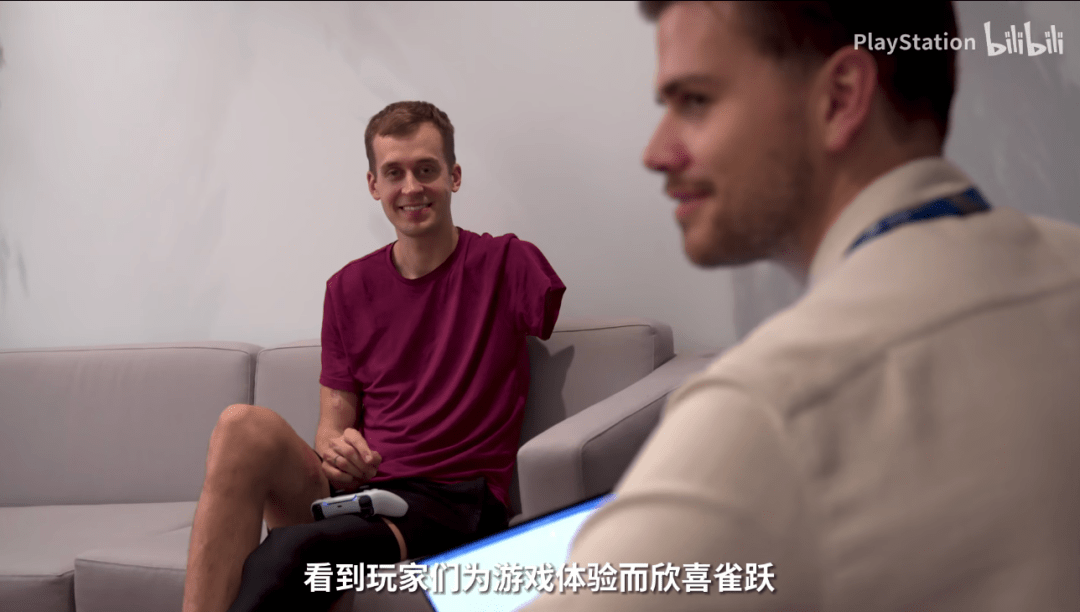
Q: There will be many side quests unlocked in this main line process, and they all complement the character settings just right and enrich the gameplay. What factors will the production team consider when arranging the main line and side tasks? What kind of experience do you hope to bring to players through this arrangement?
A: Side quests are very important in Ragnarok. I was fortunate enough to work closely with some of the side quest designers of this game. One of the things they often discussed is that side quests should be part of the main quest, and it should make people feel that the side quests are an extension of the story, your feelings and emotions throughout the game. extension. They reflect the connection between the game’s theme and the main story.
So as you progress through the side stories, you feel like they’re part of the main story, and everything you do complements what you do in the main story. We also have great performances from the cast, as well as great cutscenes and related content in the side quests. When players explore in side missions, they will have a better understanding of the roles, the world, and the stakes between the various forces.
I think players are able to integrate into the game world because it’s a huge fantasy world with a lot of content to explore across 9 realms and battles with many monsters. As we learned when we made God of War (2018), stories can bring people together, and even the stories players hear while sailing on a ship are things that people find memorable and deeply connected to.
So we want to expand that to everything, whether it’s in the main story or in side quests.
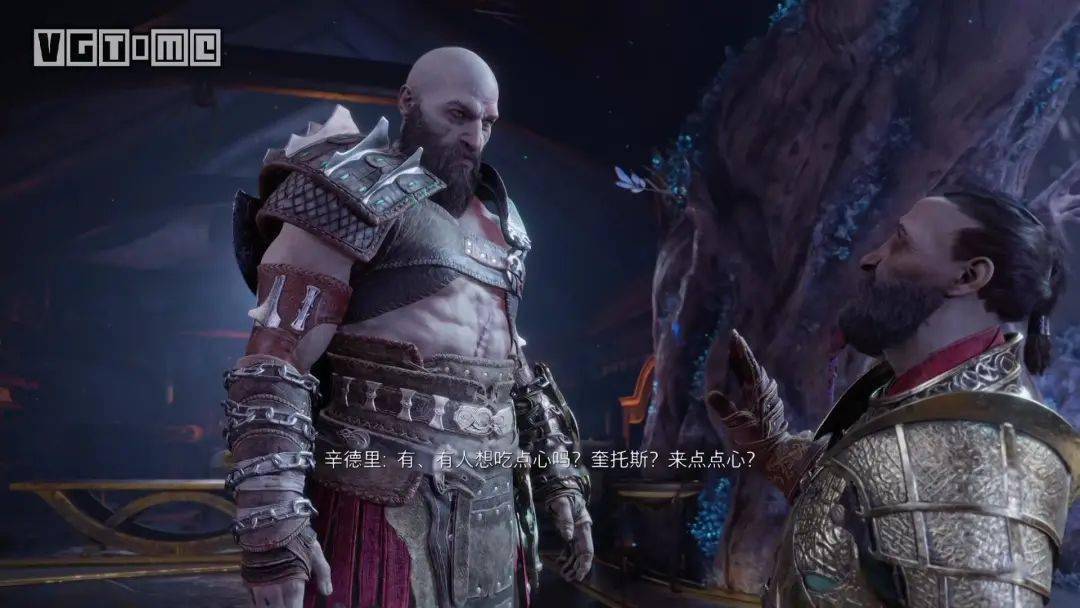
Q: There are several very obvious forks in the main line and branch line tasks in the process of this work. The companion will tell the player that which way to go here is the main line area, and the other side is the branch line area. What is the consideration for this design? ? For the design of puzzle solving, most of them are used in the branch line, why weaken the puzzle solving elements of the main line?
A: The game’s puzzle design is integrated into the optional content, making these content more special and showing real value as the player progresses. Many of the best equipment and loot you can get in the game are arranged in side quests. This provides players with more complex puzzles that give them additional challenges, especially as they level up and clear the game.
During the design of the game, we didn’t know whether players would start quests as soon as they discovered a sideline, or come back after completing the main story. So branches often have an additional challenge or new discovery that you didn’t notice before. As for the difficulty of solving puzzles in the main storyline, the complexity of the puzzles can better teach the player how the puzzle system works, connect it to the main storyline, and understand how to use these mechanics.
Not only in puzzles, but also in combat, players will notice that many of the puzzle mechanics naturally translate into action in combat during gameplay. So I think the balanced design of the main story flow and the puzzles in the side quests is to introduce the players to the relevant content in the main story, and then let them explore freely in the side content.
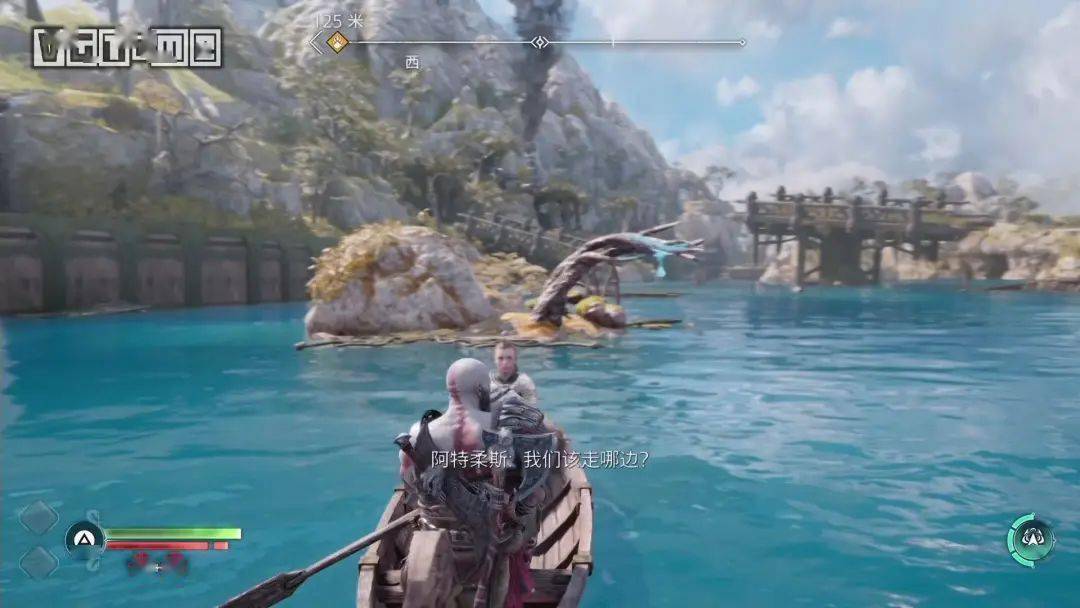
Q: The nature of the prologue of the previous work left a big problem for the plot design of this work. “God of Gods Ragnarok” not only needs to complete all the stories with one work, but also needs to fill in the many foreshadowings left before. What challenges did writing the story for this game bring to the writing team?
A: I think the real challenge is how to show the epic ending of Norse mythology. In Ragnarok, we laid down threads to tie a lot of things together and told each event in a satisfying way. So the challenge we faced was how to integrate these things into a game. I know the team is very ambitious in tackling this challenge.
We made sure we stuffed enough content into the finale so we didn’t miss anything. We have arranged a lot of plot performances, a lot of on-screen characters and complex relationships between characters, so that everything is combined. So it’s one of the most challenging things for the narrative team and the writers to make sure that all the threads come together. I think they’ve weaved the story to perfection.
So when players play the game, they feel like they’re part of the journey, and it just naturally moves forward.
This is by constantly tweaking and rewriting content to make sure the story gets better as it progresses. All in all, it’s the work of hundreds of people that make Ragnarok a truly special experience. It may look like a story or an experience on the surface, but it’s the hard work of hundreds of people behind it that makes it so special.
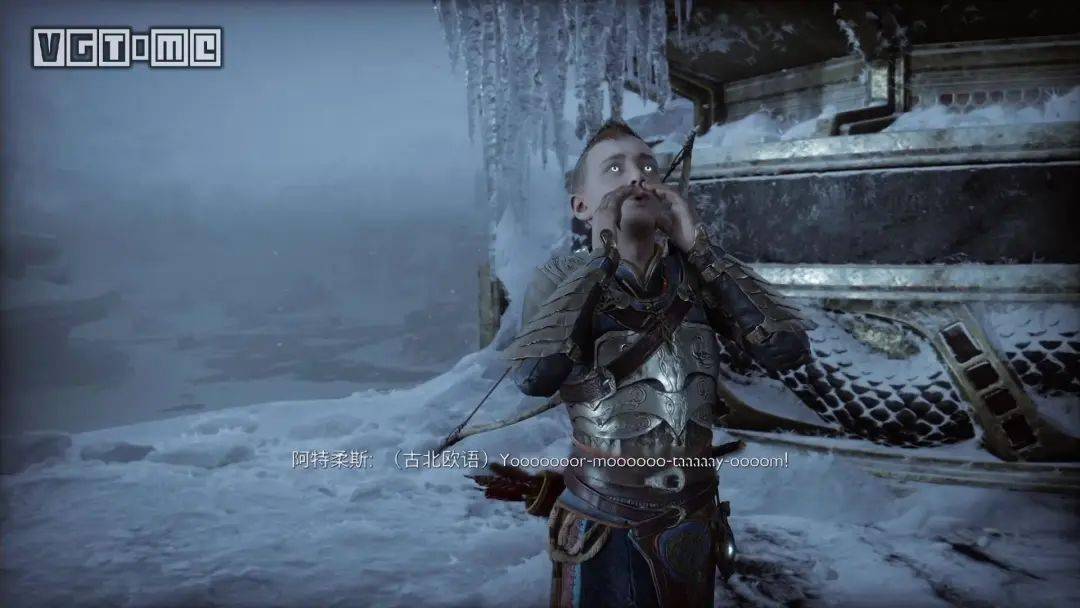
Q: The myth of “Ragnarok” itself is full of sadness and cruelty, so many players predict that this game will have a very tragic ending. But after playing, players will find the ending of “God of War Ragnarok”, but it can be said to be the warmest ending of the “God of War” series in more than ten years. How did the team consider when designing the direction of the story?
A: I don’t want to spoil the fans’ interest in the plot, so I’ll let everyone uncover the ending for themselves. What I’m trying to say is that Santa Monica Studios has always worked hard to create a compelling, surprising and satisfying story for players. So make sure we have something that will stand the test of time, and it will have the same honor as the original God of War.
It’s a continuation, so it should be accompanied by a fleshed-out story. I won’t spoil the ending, but it’s definitely worth watching.
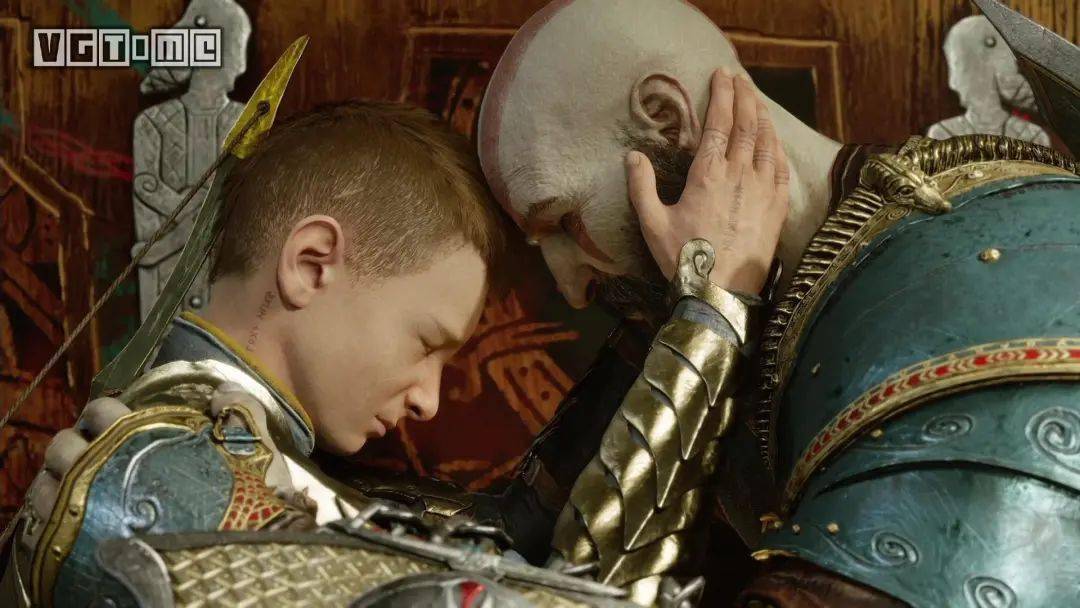
Q: Whether it is “God of War” in the first trilogy or “God of War” in 2018, we all feel the strong “divineness” of the NPC characters in it, but in “God of War Ragnarok”, all Characters, even “Odin” and “Sol” players can feel the strong “humanity” in them. Some of the plot lines seem to be acting like a “family drama”. What are the reasons for this breakthrough in characterization? What does the production team think it means in setting off the overall values of “God of War Ragnarok”?
A: I think when the team talks about these household gods, they realize that players are going to enter this huge, magical world of mythology, so the approach we used was to make the game very human. Let the player understand the whole story on an emotional level, the more human the story, the more you feel like you are in a family.
When it comes to family drama, there is something that everyone can experience. Some will resonate with the story of father and son, and some will resonate with the tragedy, which may be related to their family circumstances. They can understand the heart of these stories, which set a backdrop, an intimate setting, for this massive adventure. So even though you’re battling giant monsters and throwing Leviathan axe frantically, the story still focuses on family.
I think that’s what makes the game so appealing, you’re not fighting for an unknown person against another group of unknown people, and you’re not fighting for a supporting role. You are familiar with the characters in the game, you know they are your friends, they are your family, and you want to save them. I think the genius of Ragnarok is that it’s weaving a personal story into an epic adventure.

Q: “God of Gods Ragnarok” conveys a different concept to players than previous works. The previous Kratos had been fighting his own destiny. But in Ragnarok, Kratos has been teaching Atreus to face up to his choices for the future and face up to his own destiny. How did the production team see the meaning of this choice and face up to fate?
A: The themes of God of War (2018) and Ragnarok are both about choice, prophecy and destiny. How will players deal with their beliefs and prophecies, will they yield to it, will they rebel against it, or will they try to change?
It is the change in theme that makes Ragnarok a very interesting work. We look at Kratos’ relationship with Atreus and try to see how the Lord of the Rings is making the best choice for Atreus, not for himself.
In previous games, Kratos only cared about himself, but now he has grown into a father who makes decisions to help his son. I think the choices around fate and prophecy are the beginning of a shift in the core concept, and the character arc of Kratos in it is really great, and he becomes a real father and a real guardian of his son.
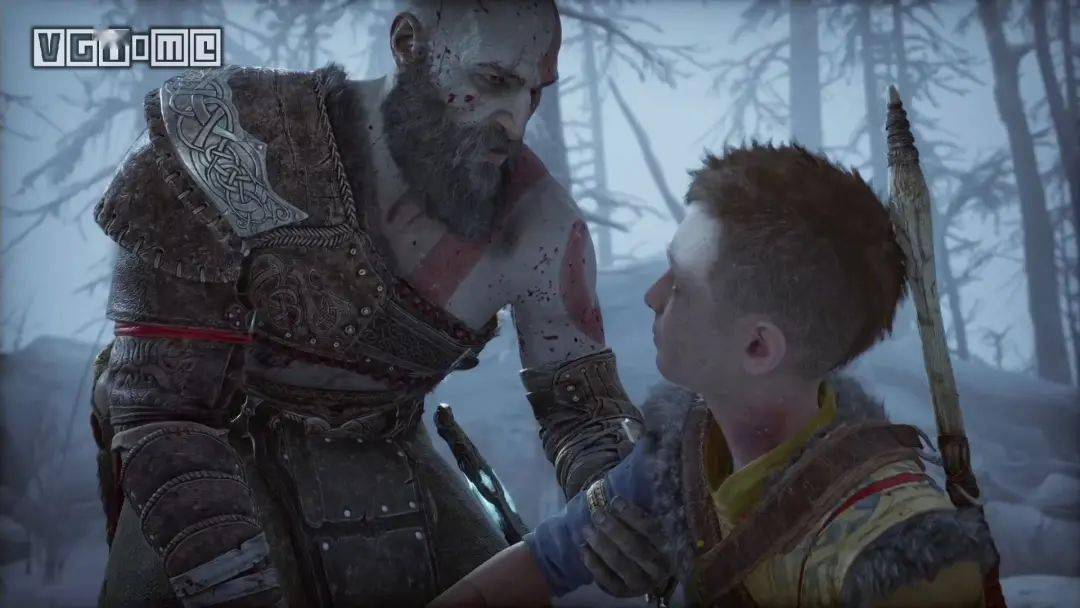
Q: The role of Atreus has increased significantly this time. From the perspective of game design, what is Atreus’ position in battle? How is it different from Kratos’ fighting style?
A: Atreus is a lot more mature than in the last game. When I came into contact with him and fought alongside him, I could feel that Atreus became more confident and became a more capable shooter. You’ll notice that Atreus fights more freely and independently, like a serious combat partner. He’ll jump on enemies in combat, or catch them, creating DPS for Kratos. When Atreus and Kratos team up, he makes sure the team can take out large enemies.
These things turned into a source of confidence for Atreus, who was building his attacking and acting style. The Santa Monica studio even wanted to convey a message in the action of the characters: Atreus is gaining self-confidence, as any teenager gains self-confidence, he is becoming himself.
Atreus is really trying to understand his place in Ragnarok, which makes him and Kratos more of a partnership than a Kratos commander.
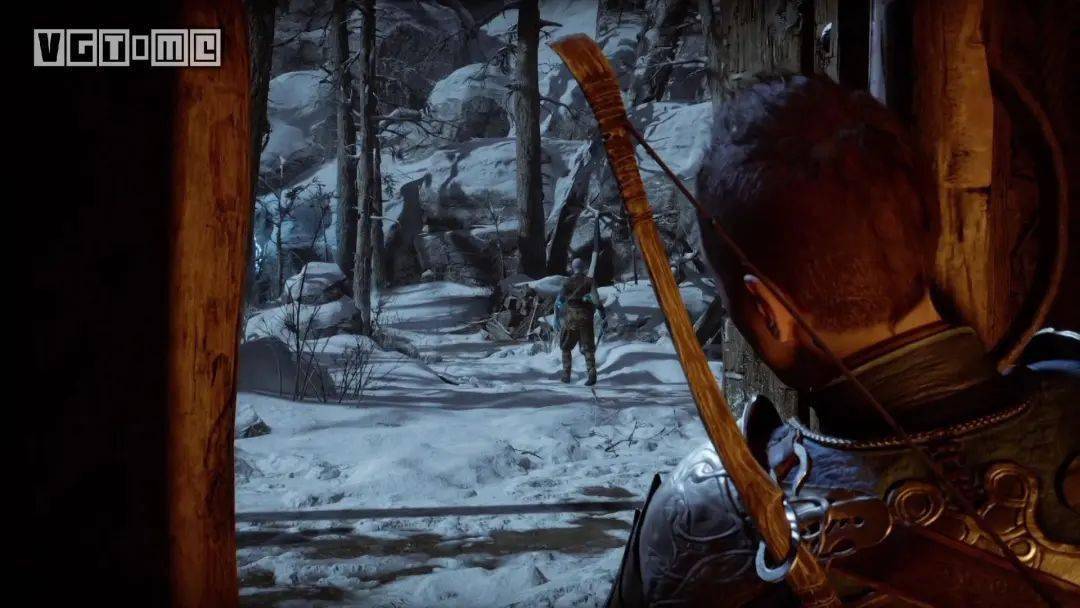
Q: There are a lot of places in the plot of the new work that are related to the previous work, so for players who have not played the previous work, how does the game help these players to familiarize themselves with the plot settings and gradually integrate into it?
A: As a sequel, we know that there will be many players who have played all the previous God of War games, and many players will choose Ragnarok as their first game.
We’ve provided players with a very short recap video, which doesn’t include all of God of War (2018)’s story, but instead chooses to go through the game’s first hour of flow, explaining what’s going on in it through dialogue and story. You’ll learn who your attackers are, why they look so angry, and why they want revenge on you.
We’ve also tried to incorporate a lot of the story into the game in such a way that even if you’ve never played God of War before, you’ll get to know the characters. I think having played God of War (2018) can enrich your gaming experience in Ragnarok, it can bring you a lot of different things. But if you’re a brand new player, even if it’s the first game you’ve played, you’ll still get a lot of fun out of the story and learn more about the characters as you progress through the game. It may be a little slow for you to get this part of the information, but you will know eventually.
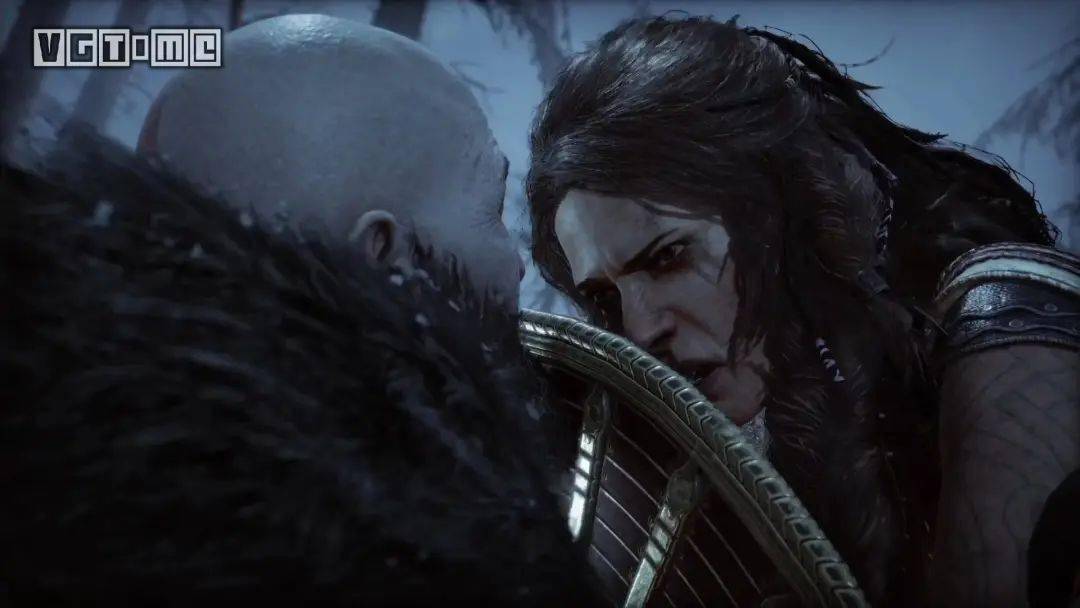
Q: The main line bosses in this work are almost not duplicated. They have played from Asa to the mythical beasts. I want to know which boss battle has been designed for the longest time, and which boss battle is the most satisfactory to the production team. ?
A: I’m not the combat design team, but the user experience team, so I can only use my own perspective in this regard. I know that interacting with Thor is the most important thing for the entire team, making the experience epic and dynamic at the same time, which is very important to every player. Characters like this are not very important to the combat team, these characters are designed to be unique because we want to introduce new ideas and concepts into the combat.
From what I can tell, the combat team is very proud of the variety of bosses in this game. One of the many complaints we received in God of War (2018) was that the boss fights were the same experience. Santa Monica Studios believes that players seek variety in the experience, so our combat designers focused on having a unique feel in each area. And in this unique feeling, a new impetus is obtained, and new concepts are constantly pouring out like spring water.
Towards the end of the game, it uses a very unique concept in combat that we haven’t seen before. I don’t want to spoil the game, but one thing’s for sure, there’s going to be something very unique in the battles that follow and it’s going to be a lot of fun.
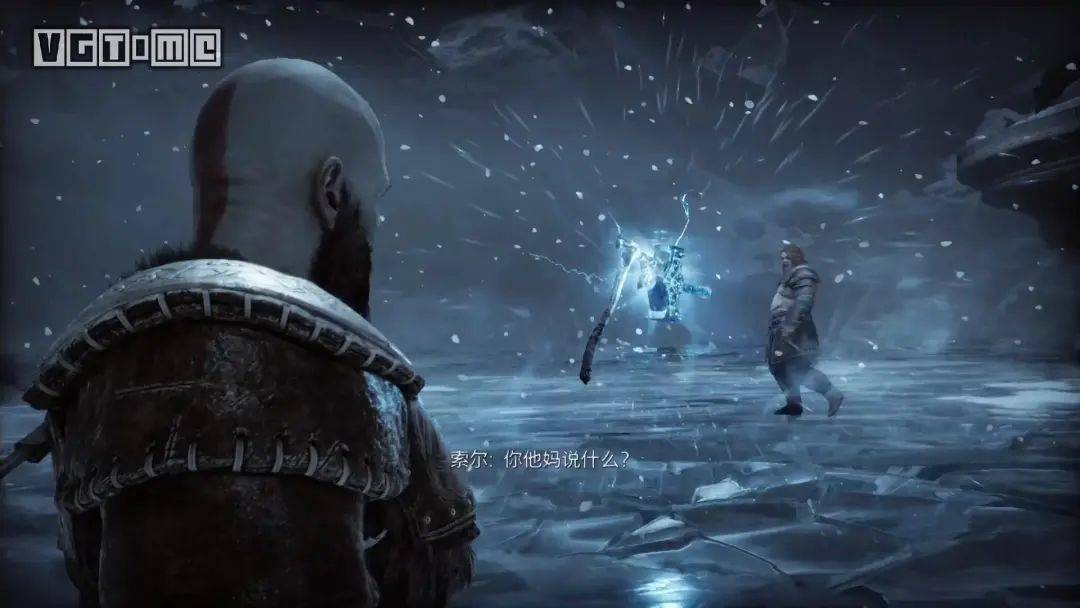
Q: Compared with the previous work, the narrative of this work is actually more complicated. What is the biggest difficulty you encountered in the use and arrangement of one shot? What kind of game experience do you want to provide players with in terms of narrative and gameplay?
A: I think one shot is one of the most challenging things in video games, and it’s an unimaginable challenge to do that in the huge epic of Ragnarok. When we’re trying to move from one place to another, or move someone from one place to another, the camera has to follow the character all the time. I want to stick to one shot in such a large-scale game, which no one has tried before.
So we put a lot of emphasis on each animation so that it transitions seamlessly and maintains the basic shot language. There is a lot of preparation work behind this, with a lot of staff working hard to make sure every shot is perfect. Make sure that every player interaction is not only intuitive, but also natural.
Like sailing on a river, into a darker area, the lights and lenses work together in a unique way. There’s only so much I can say about this part, I don’t know how to answer this question without spoiling any of the storytelling experience.
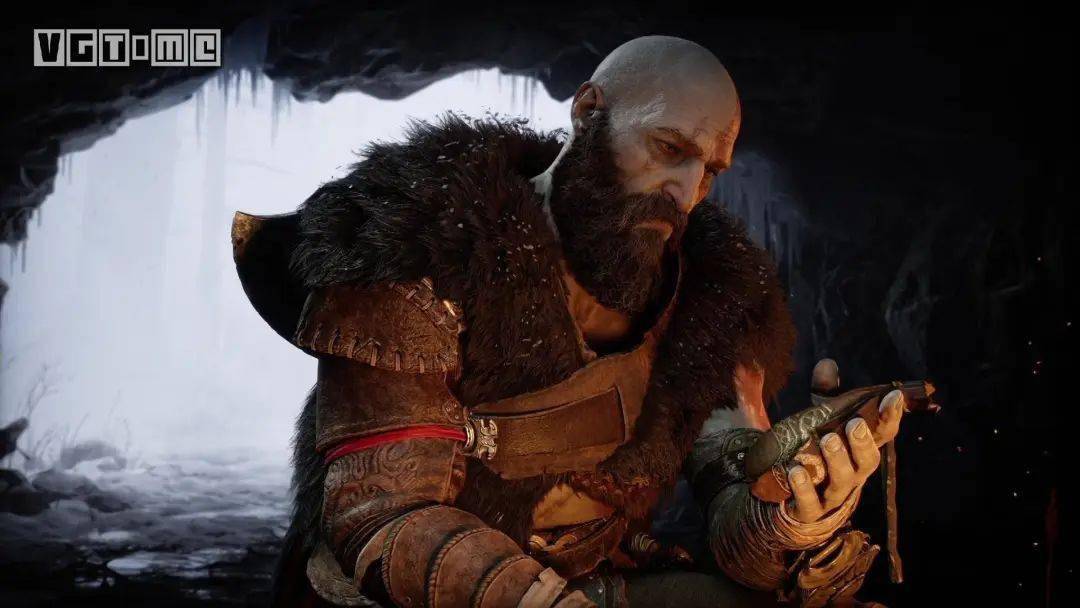
Q: God of War: Ragnarok has an impressive design on the adaptive feedback of the PS5 handle this time, including different vibrations when the character speaks and interacts with the environment. Excuse me, how exactly is it designed according to the current scene? What kind of feedback should there be?
A: Our combat designers and sound designers are always thinking about how to create a game experience comparable to, or even better than, God of War (2018). When you recall the axe, the handle in your hand vibrates, an experience that is hard to describe. This makes you feel like you are part of the world and feel connected to it.
The team tried to translate that experience into a feeling, which brought back the discussion about accessibility. When we try to transform something into another, touch becomes an important part of it. PS5 opens up a new way for us to use touch to communicate with players. Just like Ragnarok maintains a one-shot design, we try to immerse you in a sea of touch and other sensations.
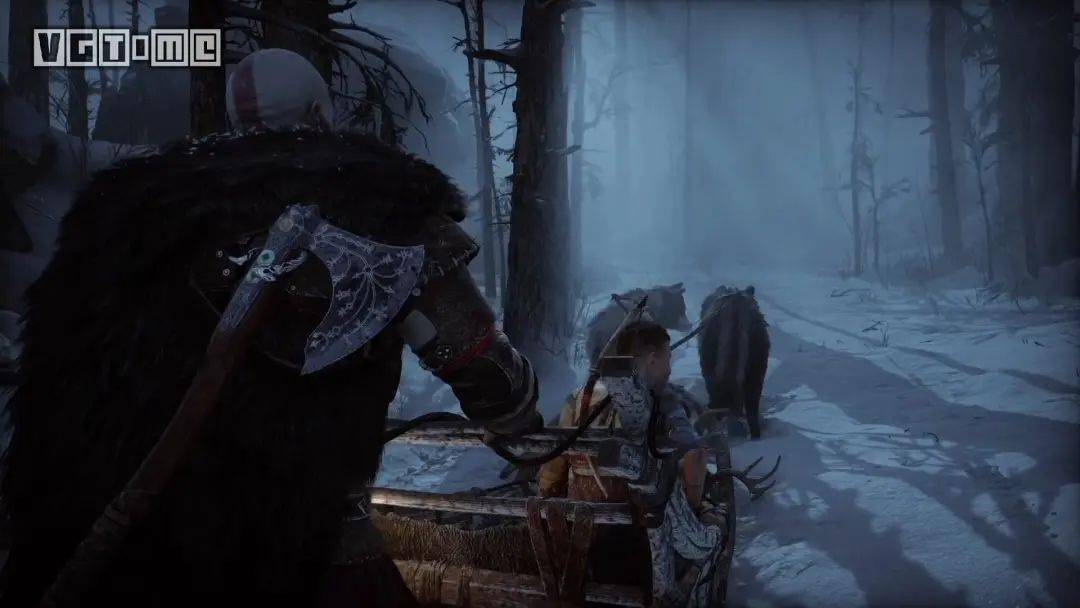
Q: I really like the ability to adjust the size and color of the UI, which can help me read the information on the screen more efficiently. Why is the team obsessed with this part of the user experience?
A: Adjustable menu size is the focus of our design. Because players usually play games on the sofa, far from the TV screen. There are even players who are used to playing games on smaller screens, such as playing remotely with portable devices. We want the UI and subtitles to be highly readable no matter where you are.
In order to take care of the player’s gaming experience, we decided early on to provide these tuning options. On the very first day we started making the game, we made a requirement that all text be resizable. By design, the layout of the game interface has been changed.
Q: Compared with “God of War” (2018), the number of controllable characters, partner characters, and weapons and equipment in this game have increased to varying degrees. In RPG games, the UI of the equipment interface has always been very important to the player’s experience. May I ask you How does the studio make sure players don’t get confused or disoriented in front of the menu interface?
A: How to make the operation easier and easier to understand in a game with twice the content? To do this, we had to rearrange the design work, try to customize the system on a larger scale, and try to keep some common principles in UI design. All content is displayed from left to right, and the interface can slide up, down, left and right.
We also used a lot of ways to free up screen space so that players would find the interface more intuitive. For example, the designer does not want a bunch of small grids to appear on the equipment interface. We hope that the player can directly see the character’s armor, so that the difference between different equipment will become more obvious.
With these design principles, we started to redesign the details and added some new systems. We’ve separated some of the gear parts that players can adjust themselves, rather than showing them on the same gear screen.
The team put a lot of effort into tweaking the menu to make sure it’s easy enough to use, but also more streamlined.
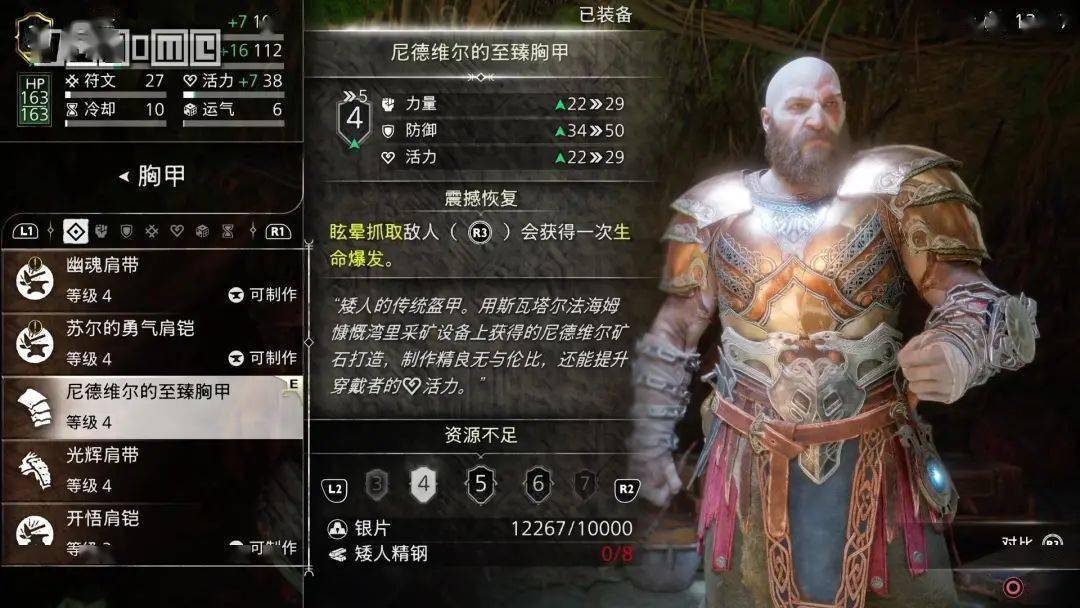
Q: I would like to interview, as the designer of God of War, do you have any favorite plots/scenarios in God of War 5 or God of War series? What are your favorite parts of Ragnarok?
A: I think the scenes with Freya appearing are my favorites. I’ve loved the character Freya from the beginning, whether it’s Freya who hunted you down in Ragnarok, or Freya who befriends you in God of War (2018).
The actor who played Freya was so powerful, she put all her energy into these scenes, and I’m sure all the parts of Freya that I love unconditionally. I don’t want to spoil things, but my gosh, every time I see Freya, I think it’s the best performance I’ve ever seen in my life.
I think she’s been through a lot over the years and she’s been through some trauma. Something went wrong with her family, but she came out of it and came out stronger. I found myself developing a connection with her, feeling the inner struggle from it, and finally getting stronger. I also feel sad at times that she had to usher in a tragedy in God of War (2018), she suffered grief and pain.
From the moment this work begins, Freya’s performance has been excellent, and everyone can enjoy a visual feast.
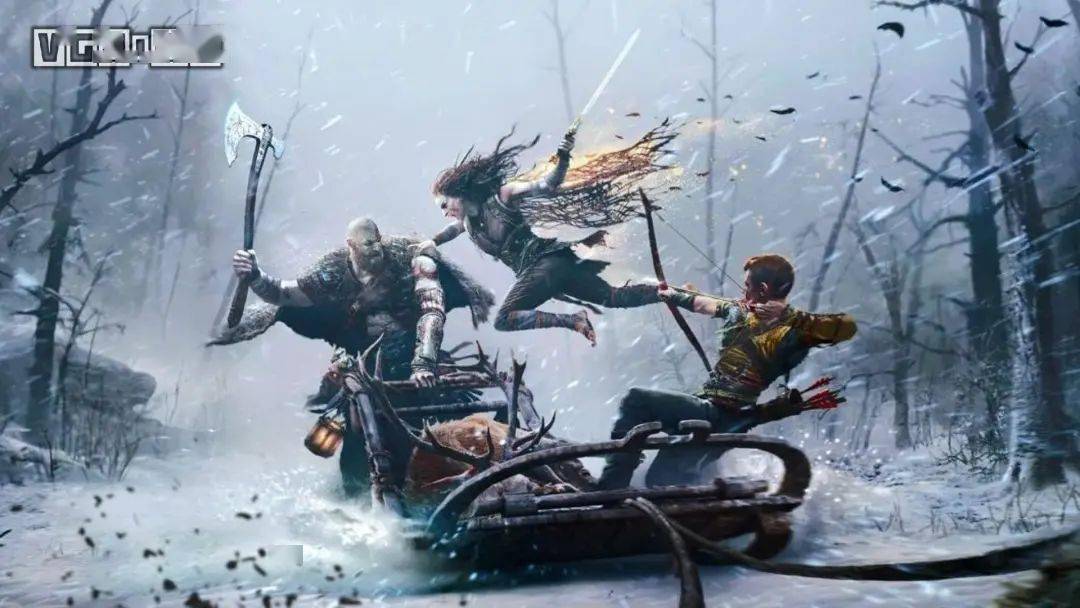 Return to Sohu, see more
Return to Sohu, see more
